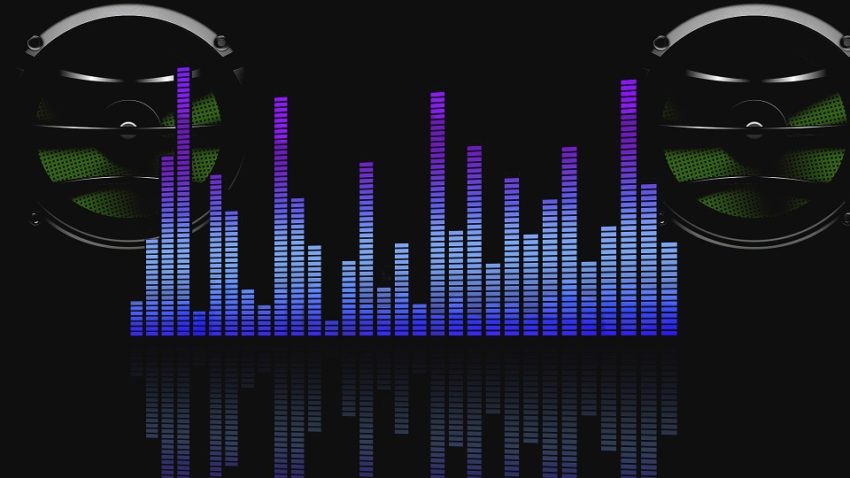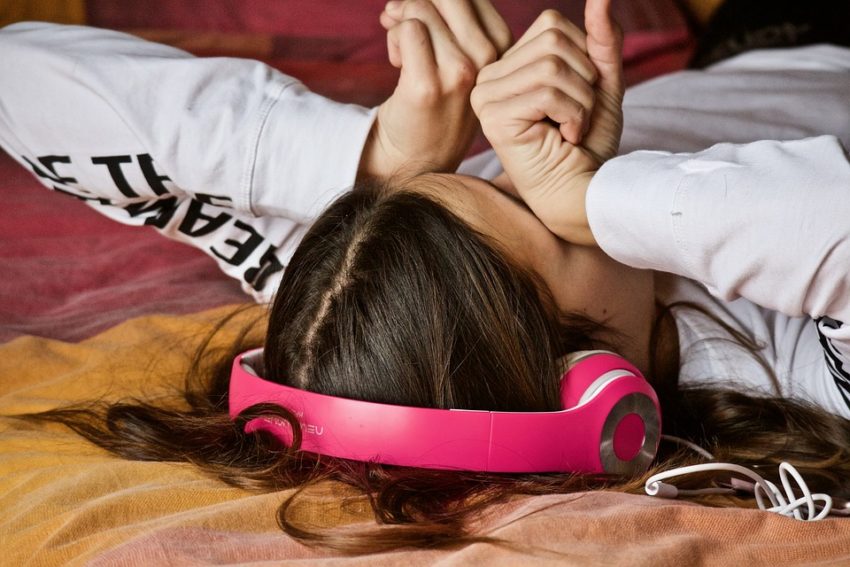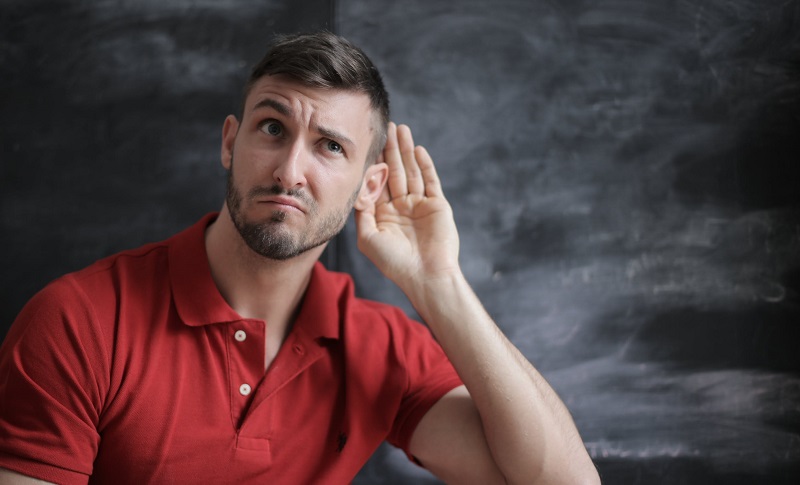What Causes Listener Fatigue?
So one of the more common questions I get is, what causes listener fatigue? If you have ever had this question, stick around, and I will explain what listener fatigue is and how to combat it. Let’s discuss.
What Is Listener Fatigue?
Listener fatigue is a somewhat nebulous term that describes tiredness, discomfort, and a loss of sensation after being exposed to an audio stimulus for a prolonged period. It’s not a recognized disorder, but professionals still use it to categorize those symptoms, and it is most commonly associated with hearing aids. That last bit will play a critical part because, just like hearing aids, speakers amplify sounds to us.
You won’t normally experience listener fatigue while just watching TV at home. You normally take breaks, don’t pay close attention, and have other distractions. But if you are testing speakers or watching something very intently for an extended period, you may experience some or all of the symptoms.
Reason 1 – Exaggerated Treble
Of all the reasons we will discuss, I am the most sensitive to exaggerated treble. Exaggerated treble can occur when the speaker manufactured designs the crossover or speaker to emphasize the treble unnaturally. But we can also do this with manual EQ. Remember the tone knob on your old receiver? Yep, treble control.

But why would you do this? Well, some people like exaggerated bass and treble response. Why do you think people use vivid mode on their TVs, despite us AV nerds begging them not to? The average person likes that unnatural saturation and brightness. Same with audio. But why does this cause listener fatigue?
Well, it turns out that the ear has a non-linear response to sound pressure. The design of our ear allows it to be more sensitive to speech frequencies or sounds that fall in the 2kHz to 5kHz range. Have you ever been able to pick up a conversation in a noisy room? Yep, evolution is at play. So if we boost the frequency in that range, our super sensitive ears will work overtime and tire us out.
How do you combat it? Easy! Pick a speaker that has a more neutral frequency response. Or you could use EQ to tame those unnatural highs. Prior to room correction software, I had an external EQ on my system so that I could manually get my speakers to sound like I wanted. Plus my EQ had a waterfall display, so it looked cool!
Reason 2 – Distortion and Volume
When I discussed this topic with my editor, I bounced a bunch of reasons for listener fatigue off him. He quickly reminded me that many of them are linked and go hand-in-hand. Enter the BFFs of the audio world; distortion and volume. And yes, you can have one without the other, but they love to play together.
Distortion is (significantly simplified) a change or deformation of an audio signals waveform. Distortion takes many forms, but most describe it as a buzzing or fuzzy sound. Or it sounds like something broke in your speaker. A poorly designed or low-end speaker can be the culprit. Or you drive it past its limits, and it starts to distort. Cue the broken speaker.

Volume is a simple concept. If you play something too loud, it can get fatiguing. My Paradigm 200B’s are some of the most neutral speakers I have owned. But if I crank them to 11 and listen for too long, I can get fatigued.
The fix for this one is simple. Turn it down! And in the case of speaker quality and distortion, consider an upgrade.
Reason 3 – Long Listening Sessions
So this reason is pretty straightforward. Our ears transmit all the sounds to our brains for processing. Like a computer, as we task more work to the processor, it will slow down, and things will get sluggish. When you crank the volume or add other factors like distortion and exaggerated frequencies, things get even more exacerbated. You are now in prime listener fatigue territory.

But unlike a computer, you can’t open your head and add a new processor or more RAM…yet! But until someone figures that out, limiting your listening sessions is the only viable option. That’s right, get up off your sofa and interact with others!
Reason 4 – Hearing Loss
Getting old sucks. And one of the things that we tend to combat with old age is hearing loss. Thankfully, in my 40s, I still have excellent hearing. But some of us are not so lucky, and whether through genetics, disease, or exposure to loud sounds, our hearing has diminished. And because our ear targets those speech frequencies, that tends to be where our hearing loss is.

So how does it cause listener fatigue? Remember when I said that our hearing is non-linear? Just because we lose hearing in the higher frequencies doesn’t mean those lower ones are gone. And what do we do if we can’t hear something? We turn it up? So hearing loss + volume + distortion = listener fatigue.
There are no easy fixes for this one. Hearing aids are the obvious choice. But if it were me, I would bring my speakers closer and add some absorption to tame those lower frequencies. Or you could move away from vocal-heavy music and listen to more instrument-driven music…and then I would probably get a hearing aid.
Reason 5 – An Overly Reflective Room
Have you ever been in a room that has lots of hard surfaces? Think tile floors, large windows, bare walls, and no area rug in sight. Sure, it looks impressive, but it’s an acoustic nightmare. Just thinking of the sound waves zinging around that room gives me listener fatigue.
And because of head-related transfer function, our brains and ears will follow that sound bouncing off every surface and track its every move. And our poor brains will push themselves to the limit keeping up. Ugh…listener fatigue at its finest.
But I have some good news. You can easily combat this with some room treatments. Room treatments are the first line of defense against unwanted room modes. And guess what? You have TONS of options. Room treatments don’t have to be massive black boxes on the walls. You can get them in many colors, sizes, and shapes. Disguise them as artwork, or make them the focal piece of a room. Heck, put in a big plush sofa and a thick rug, and you will add some instant absorption. Plus, you can target frequencies. Low end? Bass traps. Mid/high range? Absorption. Mix and match, folks! Room treatments don’t need to be boring.

And it doesn’t have to be super expensive. I am an ardent DIY’er. So I easily made my panels with basic tools, which cost me a couple of hundred dollars. And if DIY is not your thing, GIK Acoustics, Acoustimac, or Acoustic Panels Canada have some fantastic products for you.
Our Take
Listener fatigue is a thing; if not combated, it can take all the fun out of our hobby. The good news is that it’s easy to fix if you can identify where your listener fatigue is coming from.
What about you? Have you suffered from listener fatigue? What did you do to combat it? Tell us in the comments below.


